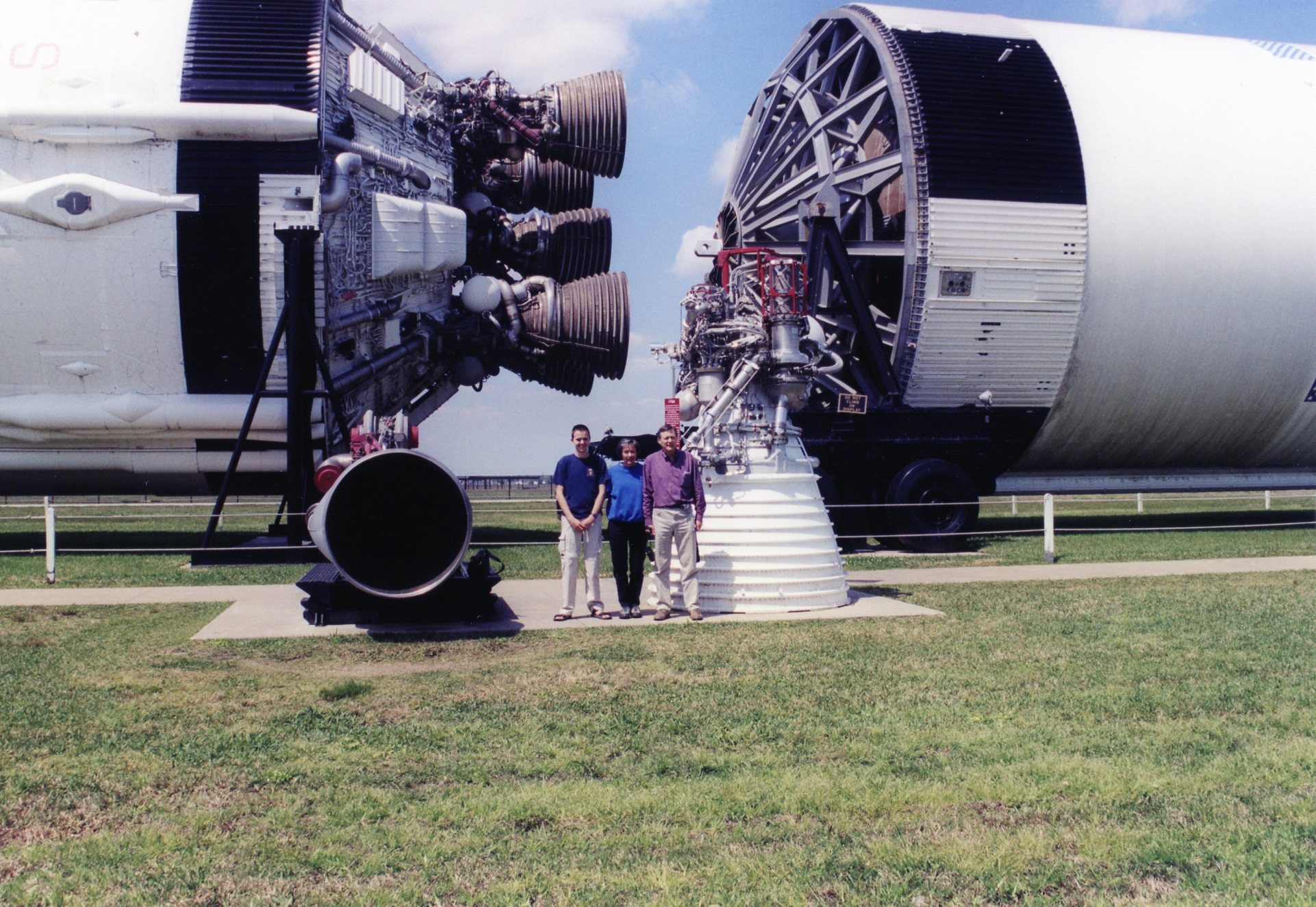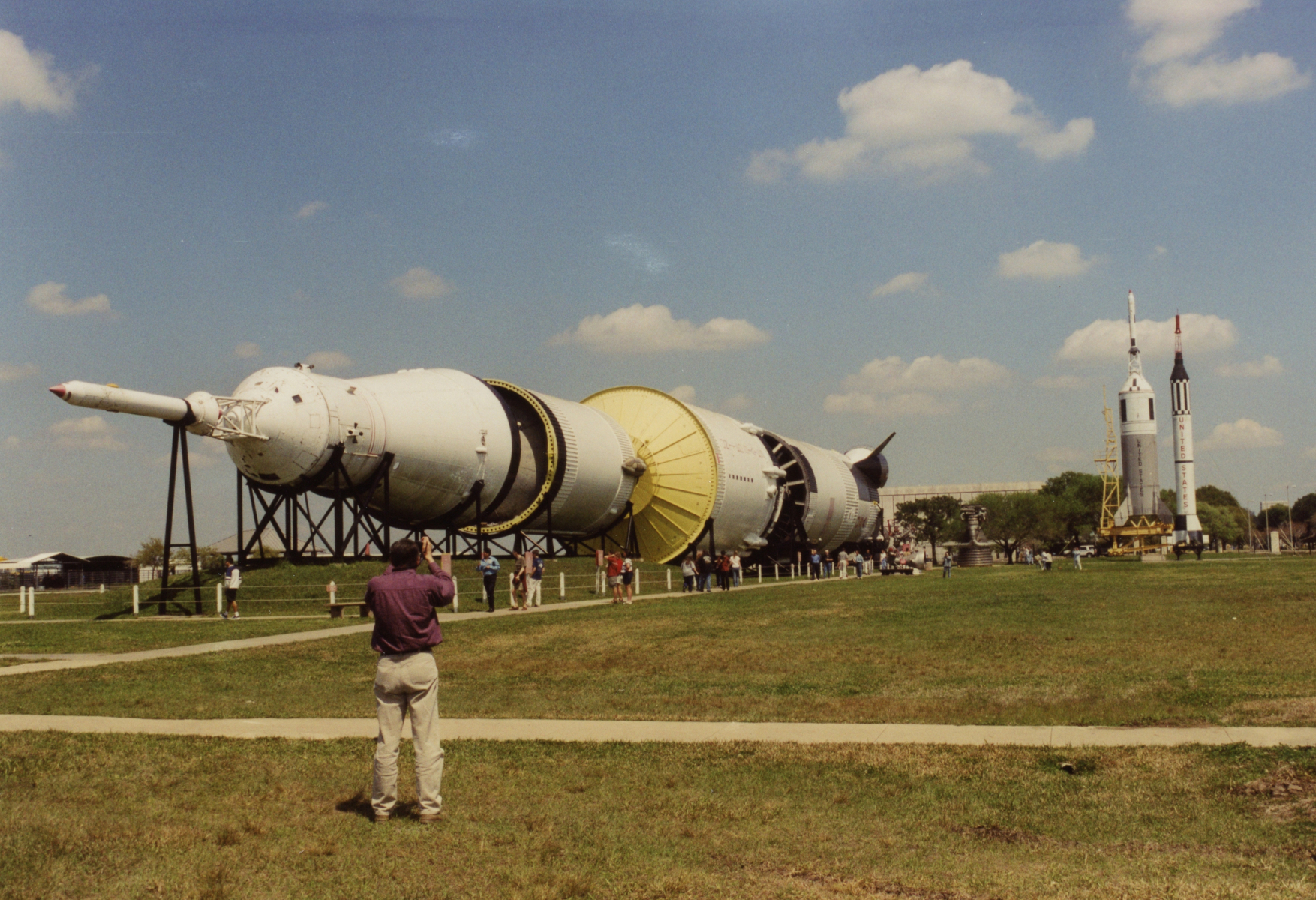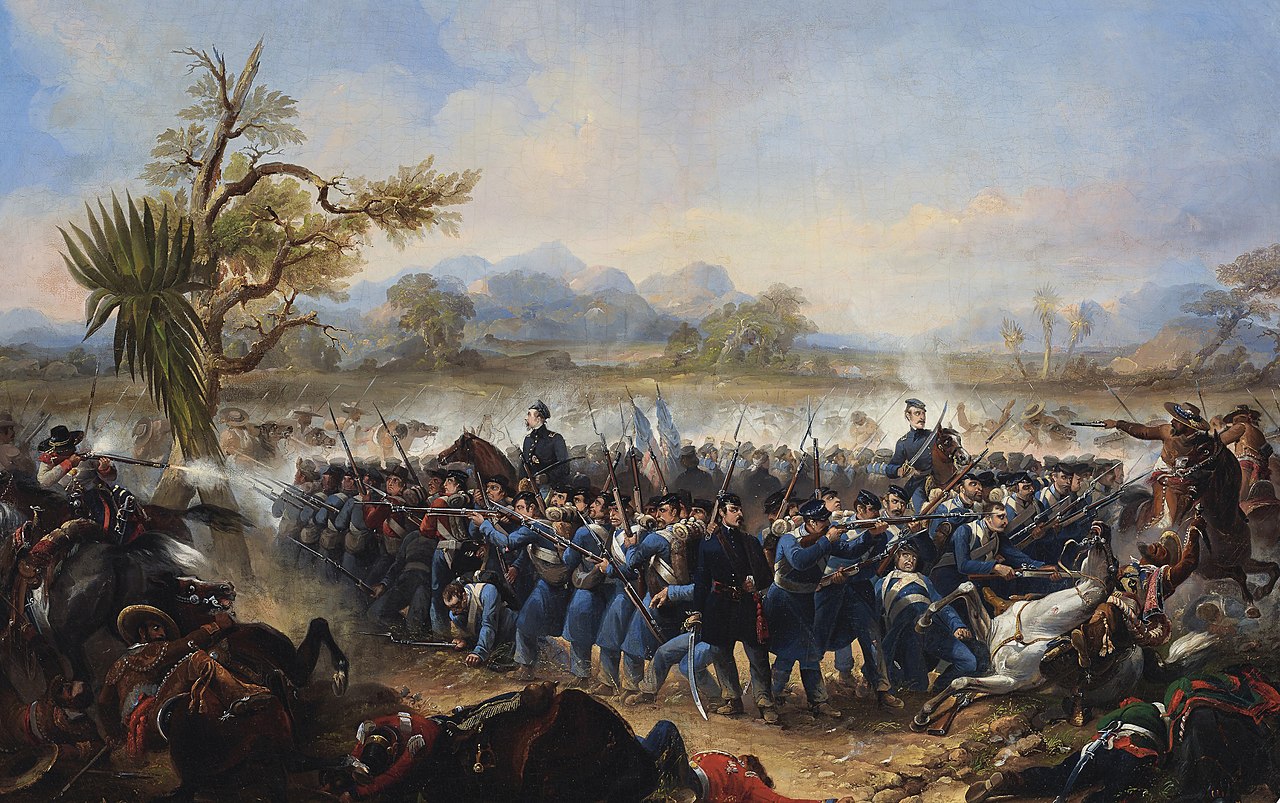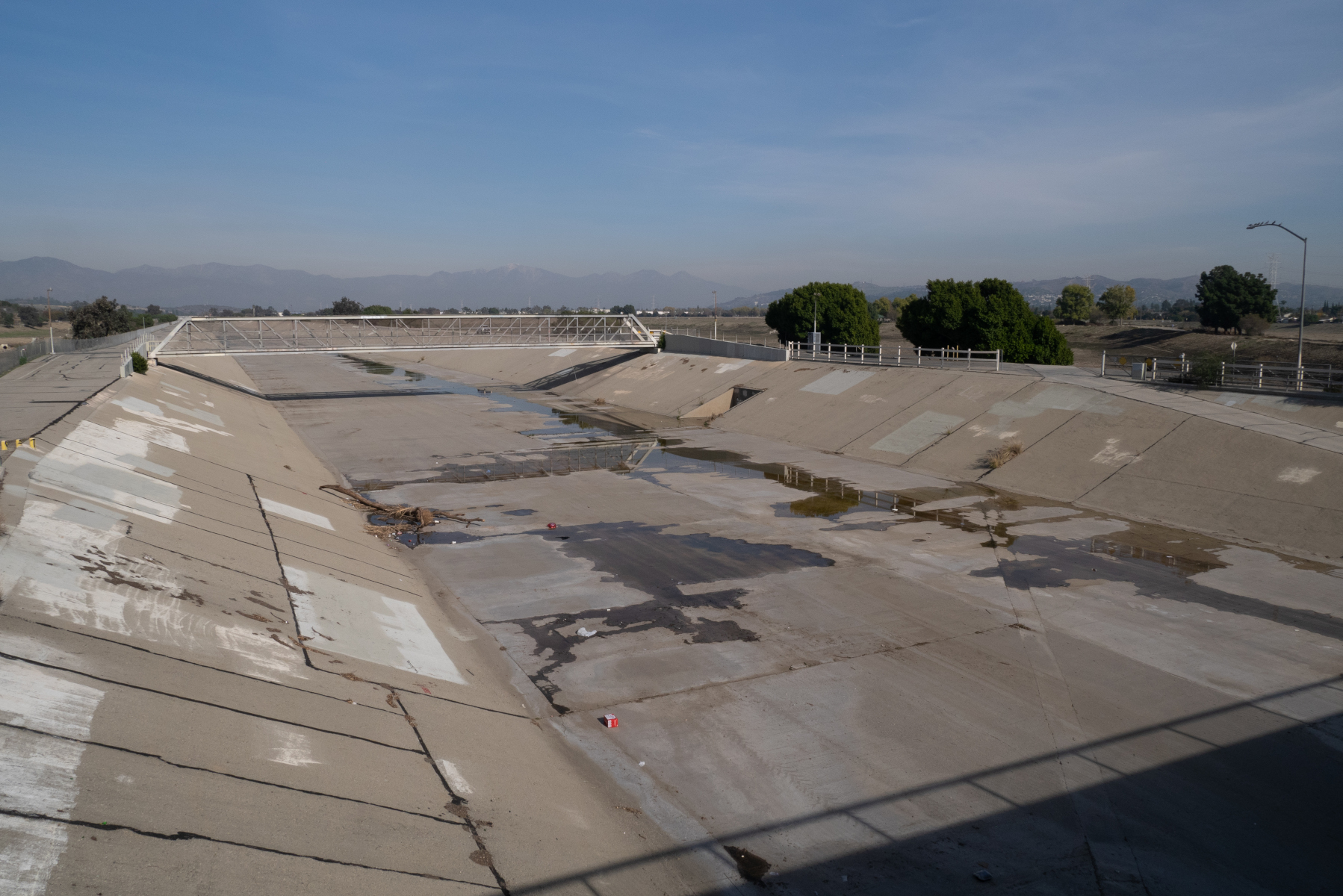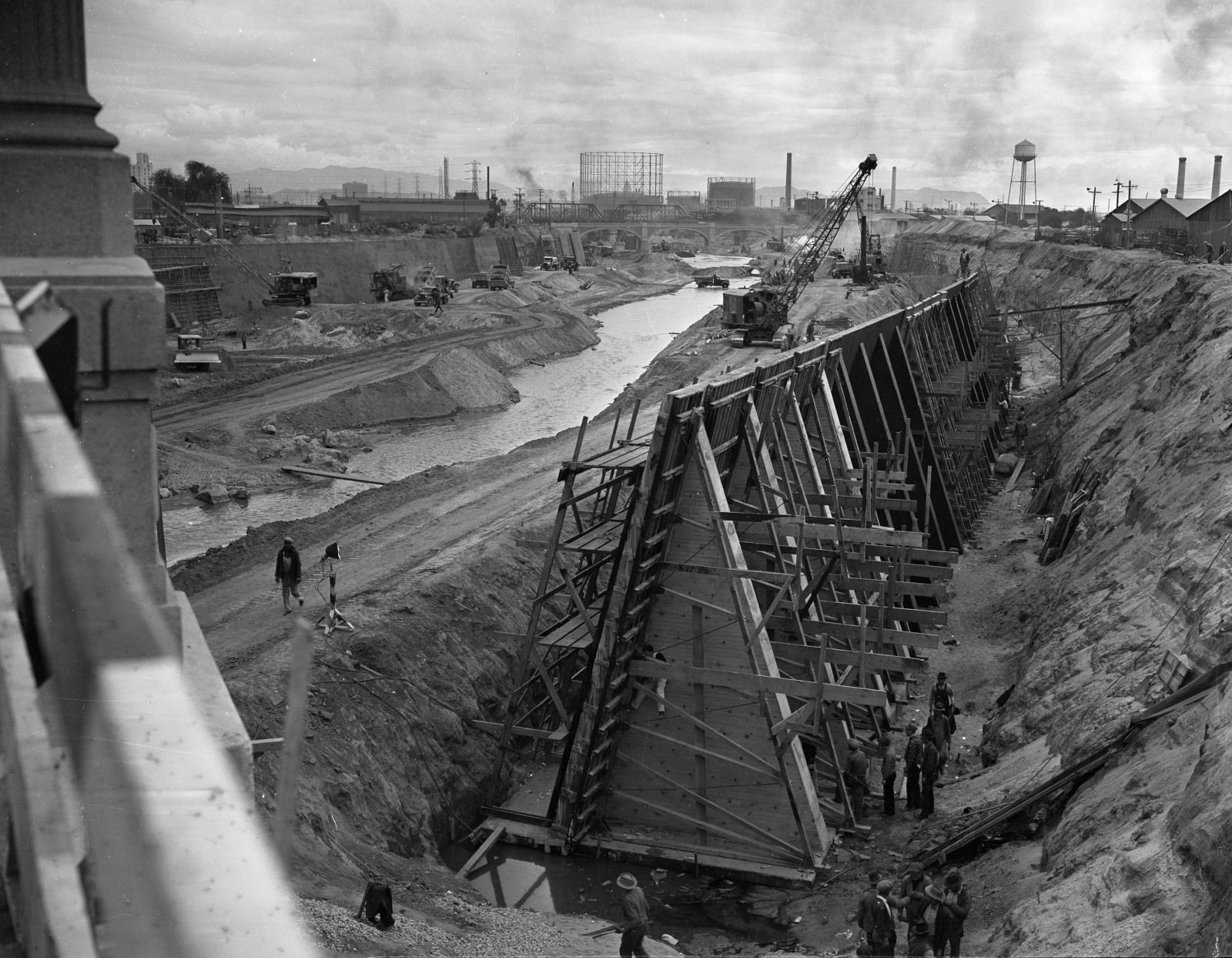The US Navy’s Polaris missile was the first operational nuclear missile launched from submerged submarines rather than land-based launch sites. When I ran across a Polaris missile in a park on Mare Island, California, I realized that I really didn’t know very much about the missile and wanted to learn more. So I did what I’ve been doing of late: I made a video about it. It was a follow-up of sorts to my video from last year about Nike missiles.
When researching Nike missiles, I’d found a wealth of detailed technical information about the missiles, more than I would ever want to know. On the other hand, there didn’t seem to be much academic research about the missiles that would put them in a broader context. For Polaris missiles, the situation was precisely reversed. Polaris had attracted scholarly attention from the beginning, starting with an article in Technology and Culture journal that was researched when the missile was still under development. But when it came to basic information about the weapon system, like the yield of its nuclear warhead, I was hard-pressed to find reliable numbers. Some of this information may still be classified.
Even the more reliable sources were inconsistent in one area of usage: how to refer to the Polaris variants. Was the first one A-1 Polaris or Polaris A-1? I decided to go with the latter, on the principle of make before model (Ford Mustang, not Mustang Ford).
The sources that I used in writing the script for this video are listed below. I found the articles by Miles and MacKenzie & Spinardi to be the most useful.
Sources
“1956: Polaris.” Lawrence Livermore National Laboratory, https://www.llnl.gov/sites/www/files/1956.pdf.
Blair, Clay Jr. “Our Hottest New Weapon.” Saturday Evening Post, February 22, 1958, 36, 76-78.
“Blast-Off at Sea.” Time, April 11, 1960, 30.
Burgess, Eric. Long-range Ballistic Missiles. New York: Macmillan, 1961.
Hines, William. “Polaris came to being by scientific probing.” The Evening Star, February 9, 1959.
MacKenzie, Donald, and Graham Spinardi. “The Shaping of Nuclear Weapon System Technology: US Fleet Ballistic Missile Guidance and Naviation: I: From Polaris to Poseidon.” Social Studies of Science 18, no. 3 (August 1988): 419-63.
Martin, Harold H. “Our New Generation of Rockets.” Saturday Evening Post, October 1, 1960, 28-29, 87-88.
Miles, Wyndham D. “The Polaris.” Technology & Culture 4, no. 4 (Autumn 1963): 478-89.
“Operation Skycatch.” Petaluma Argus Courier, May 25, 1959.


